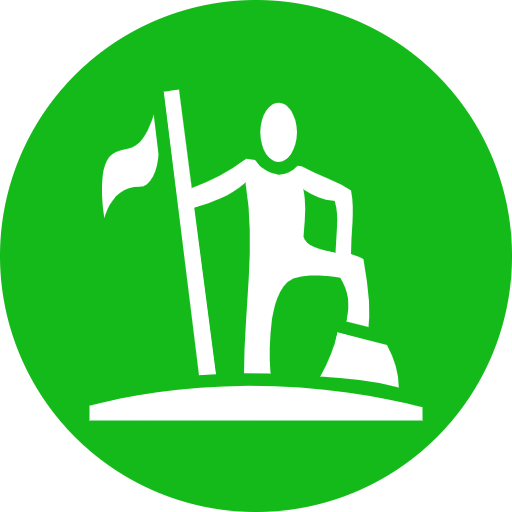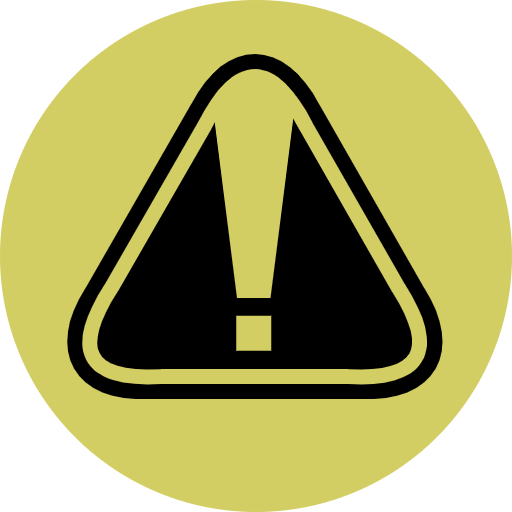

Vehicles are used for medium- to long-distance travel. They are also typically one of the most expensive items that a character can own. Most vehicles serve a number of other purposes as well, such as shelter from extreme weather and a place to store excess items you don't want to carry around.
Terrain Type: The type of terrain a vehicle covers (Land, Water, etc.)
Seats: The number of characters that can comfortably fit inside the vehicle, including the driver.
Storage Capacity: The maximum total weight of items that can be stored in the vehicle's trunk or other cargo areas. Exceeding this weight causes the vehicle to become overencumbered.
Fuel Efficiency: The price of fuel per 10 miles of trip distance. As long as there are fueling stations in the area, you don't need to track your vehicle's fuel level or roleplay refueling the vehicle.
Max Range: The maximum distance a vehicle can travel without refueling. This only comes into play when there are no fueling stations in the area.
Travel Speed: The average distance in miles per hour (MPH) the vehicle covers during long-distance travel.
Reliability: The chance of the vehicle experiencing a problem during a trip.
| Class | Average Price (New) |
|---|---|
| Wheelbarrow | 4,000 CR |
| Bicycle | 12,000 CR |
| Tandem Bicycle | 20,000 CR |
| ATV | 32,000 CR |
| Jet Ski | 100,000 CR |
| Passenger ATV | 125,000 CR |
| Snowmobile | 200,000 CR |
| Motorcycle | 450,000 CR |
| Passenger Motorcycle | 600,000 CR |
| Economy Car | 800,000 CR |
| Pickup Truck | 850,000 CR |
| Speedboat | 1,000,000 CR |
| Sedan | 1,000,000 CR |
| Roadster | 1,100,000 CR |
| SUV | 1,250,000 CR |
| Extended Cab Pickup | 1,350,000 CR |
| Pontoon Boat | 1,400,000 CR |
| Minivan | 1,500,000 CR |
| Work Van | 1,600,000 CR |
| Box Truck | 2,500,000 CR |
| Supercar | 3,000,000 CR |



You try to avoid an obstacle or maneuver your vehicle through a difficult area. Make a Maneuver (Reflex) check. The difficulty depends on the type of obstacle, and terrain and environmental circumstances.
| Success: | You avoid the obstacle and take no damage. |
| Failure: | You swerve and briefly lose control of the vehicle. The GM decides the detailed outcome. |
| Critical Failure: | You crash the vehicle into the obstacle or another passing vehicle. The GM decides the detailed outcome. |



You enter the nearest seat of a vehicle within your reach.
No check is required if the vehicle is stationary. If the vehicle is moving, make a Strength check. The difficulty depends on the speed of the vehicle and the presence of any handholds.
| Success: | You hold on an enter the vehicle successfully. |
| Failure: | You remain where you were as the vehicle passes by. |
| Critical Failure: | You grab on but fail to keep hold, causing you to be knocked prone and possibly dragged behind the |



You exit a vehicle onto the nearest surface.
No check is required if the vehicle is stationary. To exit a moving vehicle, make a Tumble (Agility) check.
| Success: | You take fall damage as though you had fallen 10 feet, and you land prone. |
| Critical Success: | You take no falling damage. |
| Failure: | You take fall damage as though you had fallen a distance equal to half the vehicle's speed, and you land prone. |
| Critical Failure: | You collide with a stationary object as you jump out. You take fall damage as though you had fallen a distance equal to the vehicle's speed. |